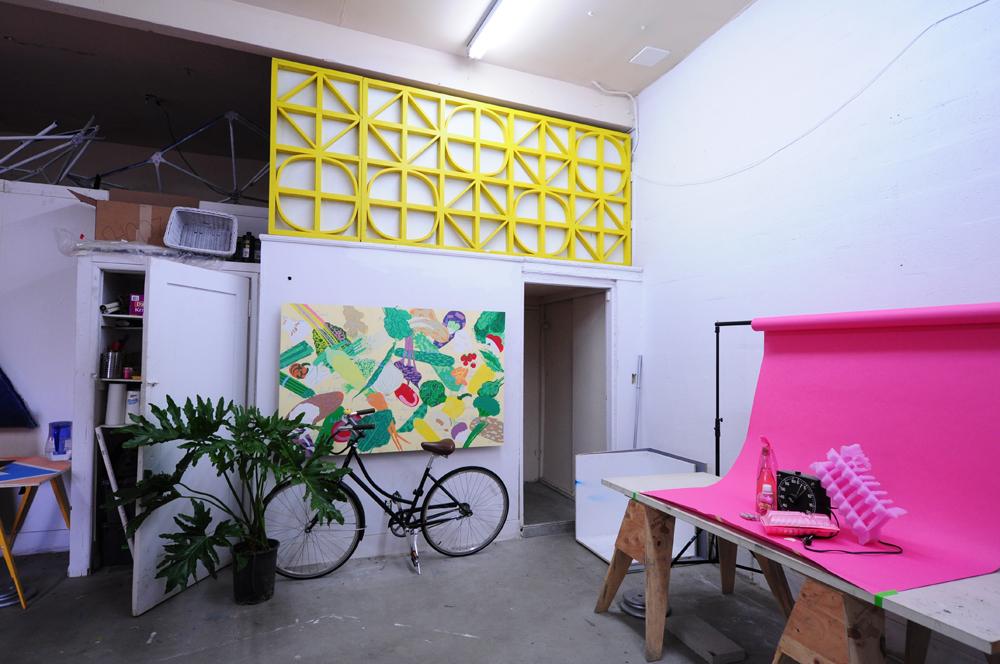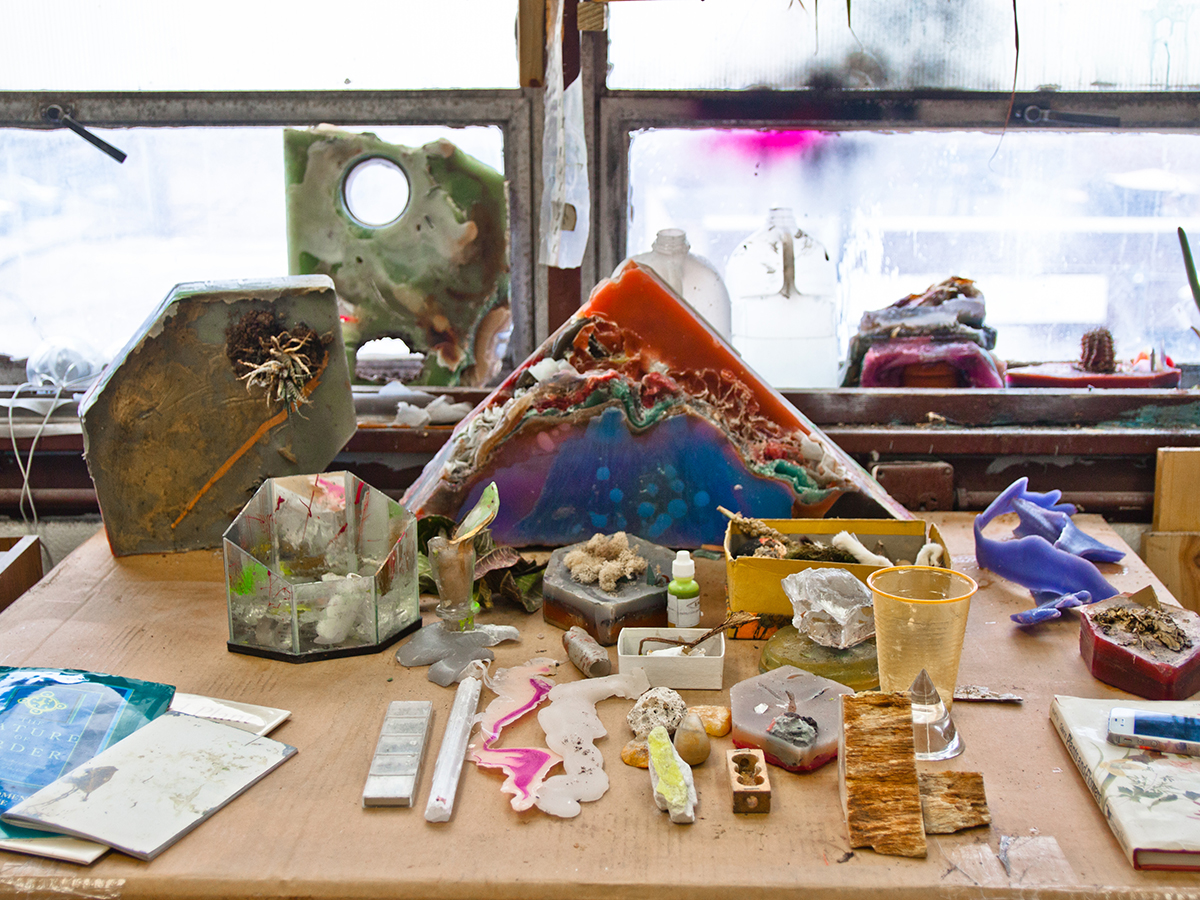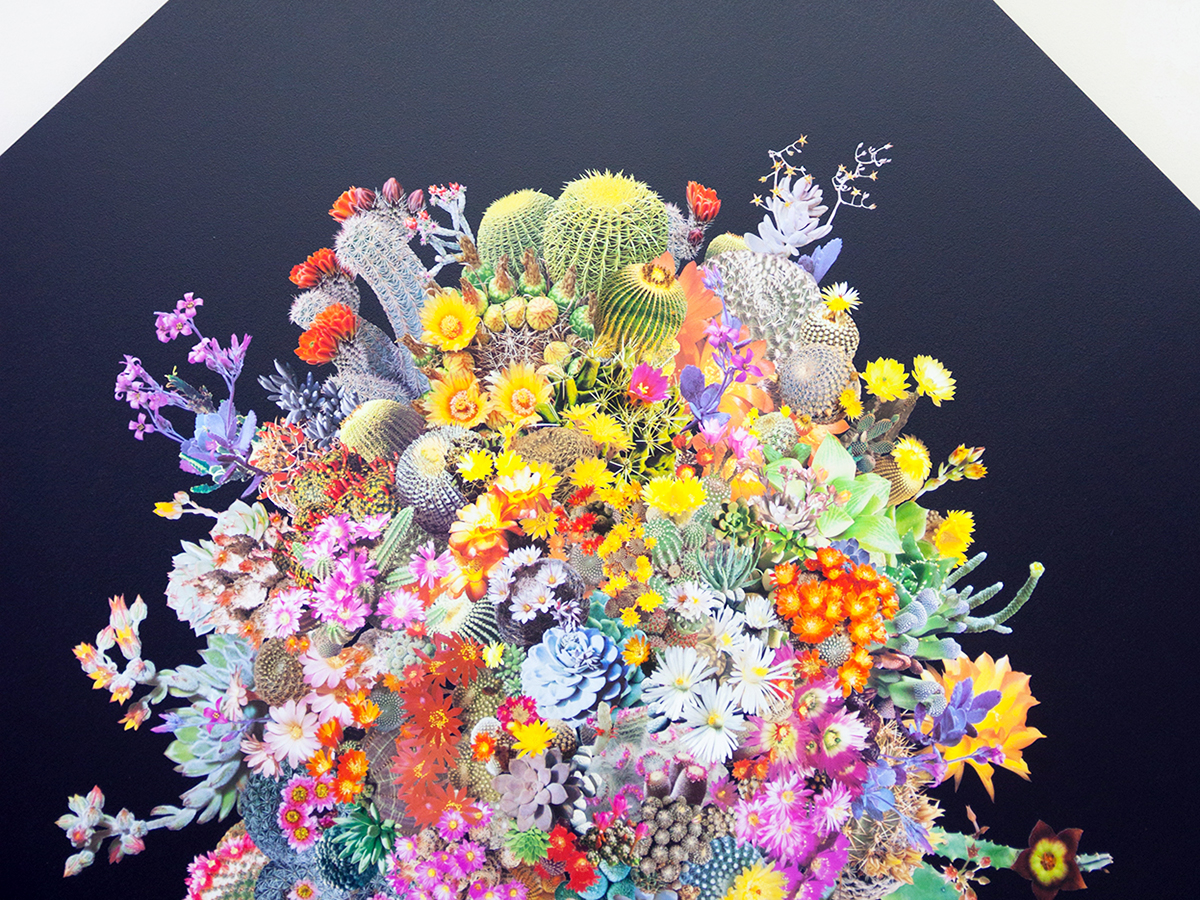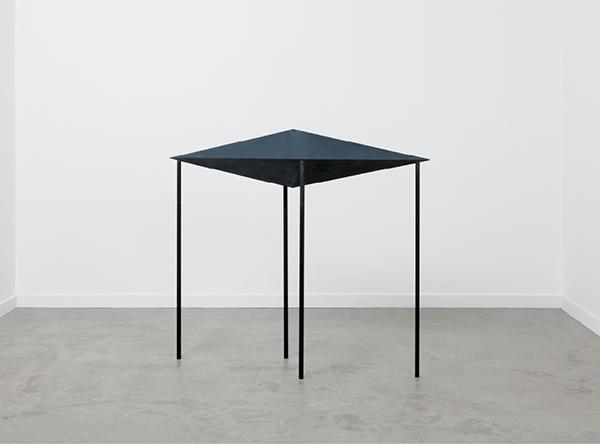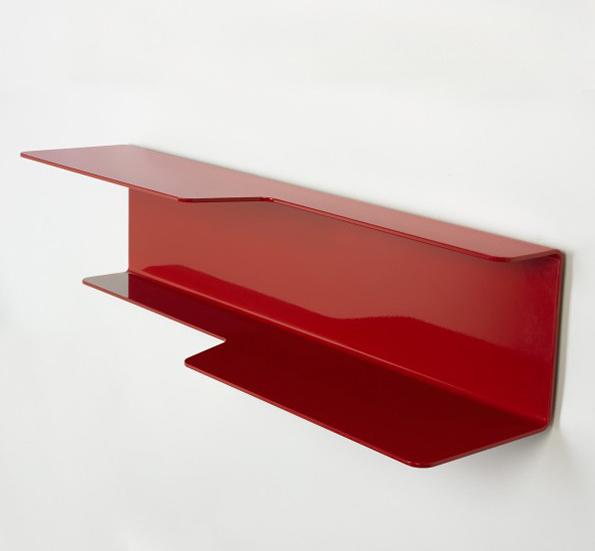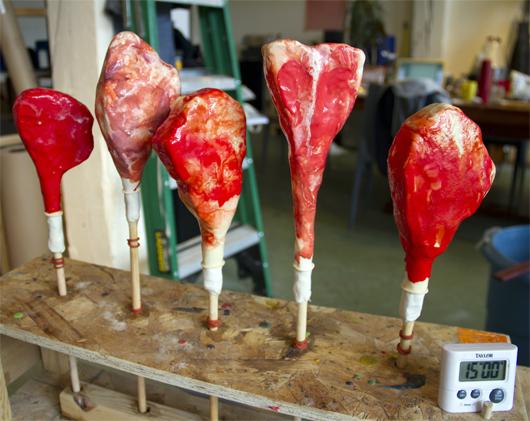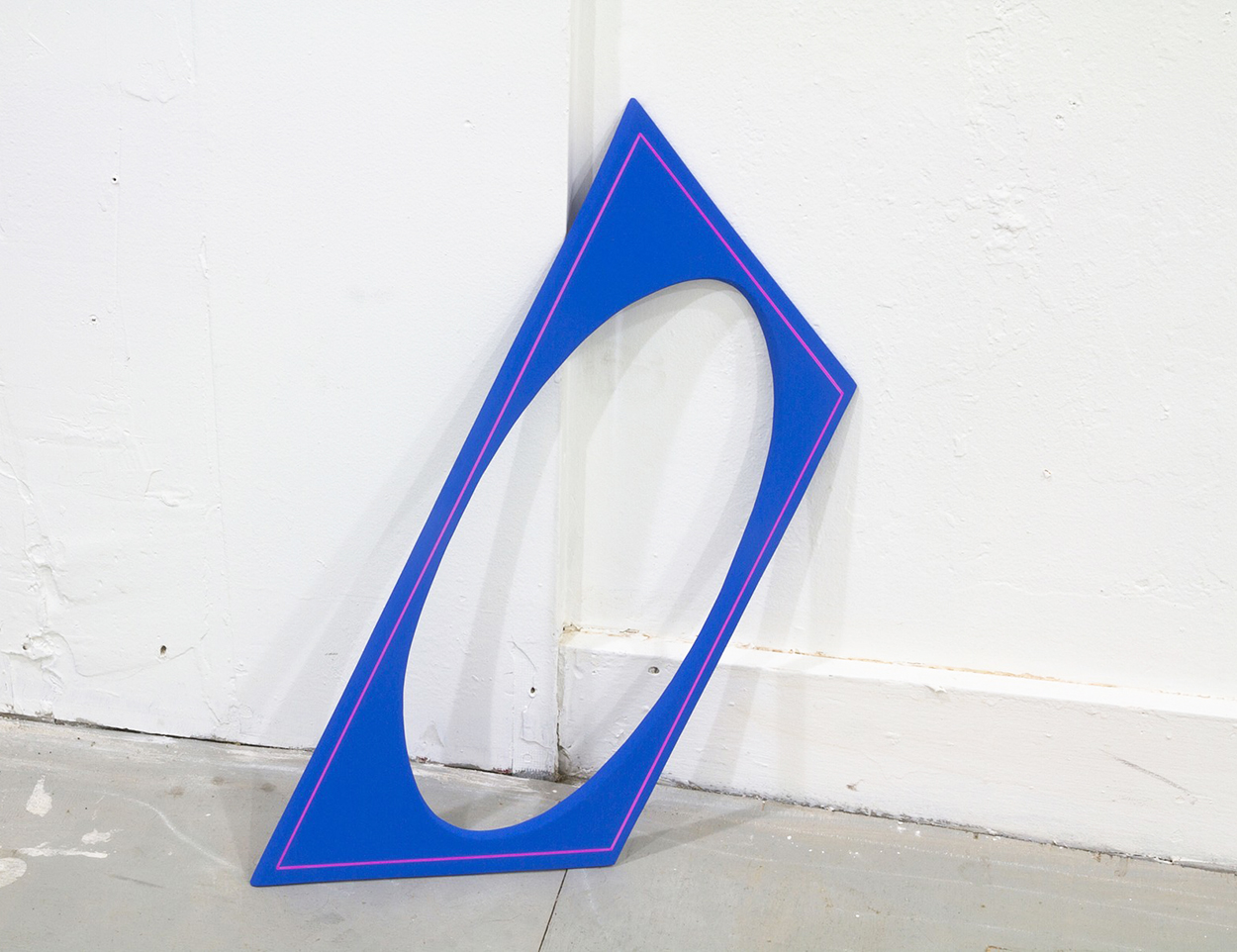
01.08.14
Sighted
Eric Ashcraft, Artist
A Montana-born artist with an MFA from the School of the Art Institute of Chicago, Eric Ashcraft is an expert in mining dualities for his mixed media pieces. In his earlier work, painted still-lifes were framed by neon bulbs, junked-out TVs became a canvas for Thomas Kinkade-like paintings, and a couch cushion turned into a lightbox. In his more recent work, though, Ashcraft seems to be blurring the lines among media even more with a series of abstract shapes in wood painted with oil and acrylic. "I began the Polytopes series by experimenting with geometrical forms, attempting to create a flexible object-space where the languages of painting and sculpture could intermingle," says the artist. "The restricted correspondence of light, surface, form, color, line, perspective, and composition are used to abstract objects and images into one another, hopefully generating meaning for a viewer through associations with fundamental aspects of perception. Essentially, the polytopes are about what they are as objects and how they are experienced." See more after the jump, and then click here for the up-and-coming artist's whole portfolio.
